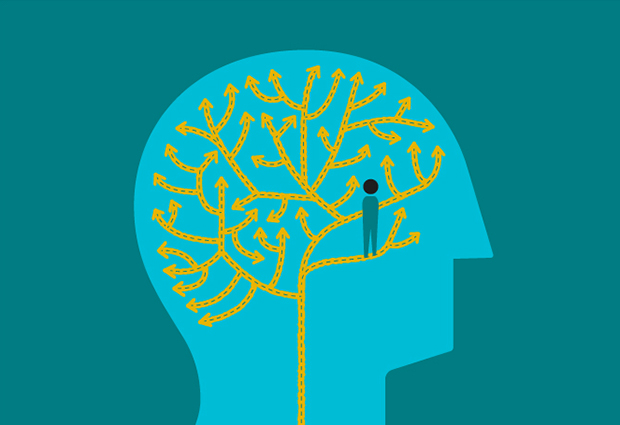
Origins at EMBL
Join us in our new editorial theme as we ask how everything began

Some of the most fascinating problems in science involve questions about origins. How did the things we see around us come to be the way they are? How did we end up like this? How did all this stuff happen?
That’s one of the reasons why we’ve chosen Origins as our latest editorial theme. But we’re also interested in the idea of origins more broadly. EMBL is a big place, full of people with diverse stories and diverse origins – not only in terms of the places they come from, but the paths that brought them here and the influences that drive them. We also want to celebrate EMBL as a place where many discoveries and ideas have their origin.
Below you can find links to the articles in the Origins theme. You can also join the conversation on social media using the hashtag #EMBLorigins. Follow us on Twitter, Facebook, LinkedIn, and Instagram.
Insights into early cell life
A collaboration involving EMBL scientists has developed a technique that can reveal small differences between individual cells during early life or early disease stages. This provides insights into the origin of different cell types, and will potentially allow earlier detection of disease.
Humans of EMBL: Past lives
People across EMBL’s sites reflect on their previous careers and the journeys that brought them here.
Synchronised waves control embryonic patterning
EMBL scientists show how the synchronisation between two waves of gene activity plays a critical role in developing embryos.
Insights into the evolution of a signalling molecule
Researchers in the Arendt Group explore the evolutionary origins of a chemical signalling system that plays an important role in development.
Study identifies new diabetes genes
By comparing genetic data from mice and humans, scientists identify a range of genes that could offer insights into the origin and development of diabetes in humans.
On the orchids of Darwin
After his famous On the Origin of Species, Darwin’s next work was a book called Fertilisation of Orchids. In it, he explored the intimate relationship between orchids and insects, and laid the foundations for another branch of evolutionary studies: co-evolution.
Using mini brains to understand big brains
Conference speaker Madeline Lancaster explains how she uses cerebral organoids to understand the origins of the brain during embryonic development.
EMBL PhD students reunite 20 years on
Eight alumni who joined the EMBL International PhD Programme in the early 1990s meet in Heidelberg to reconnect with their EMBL origins.


